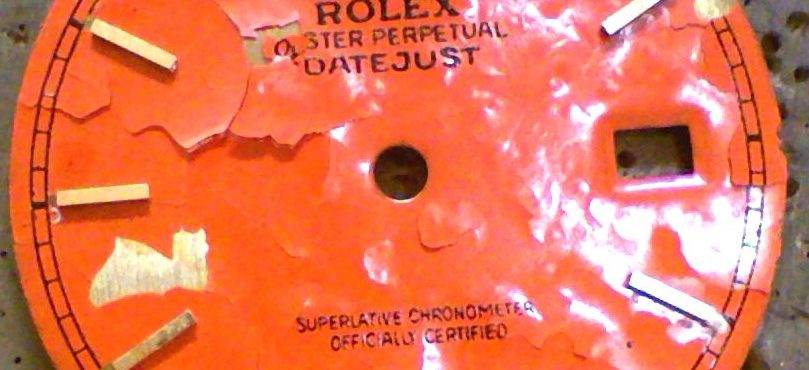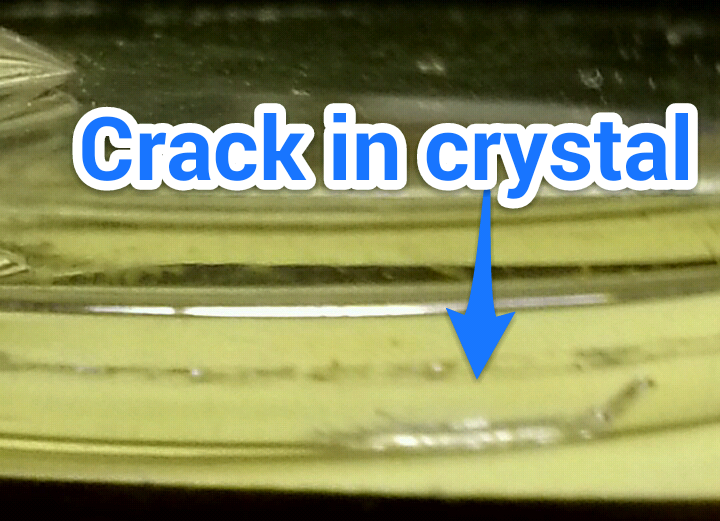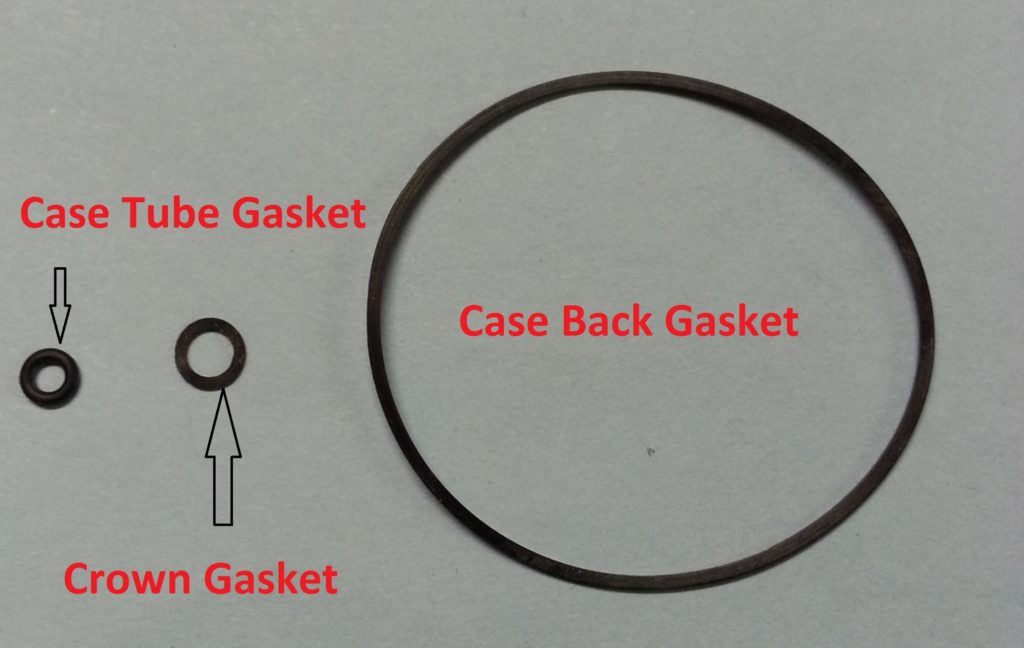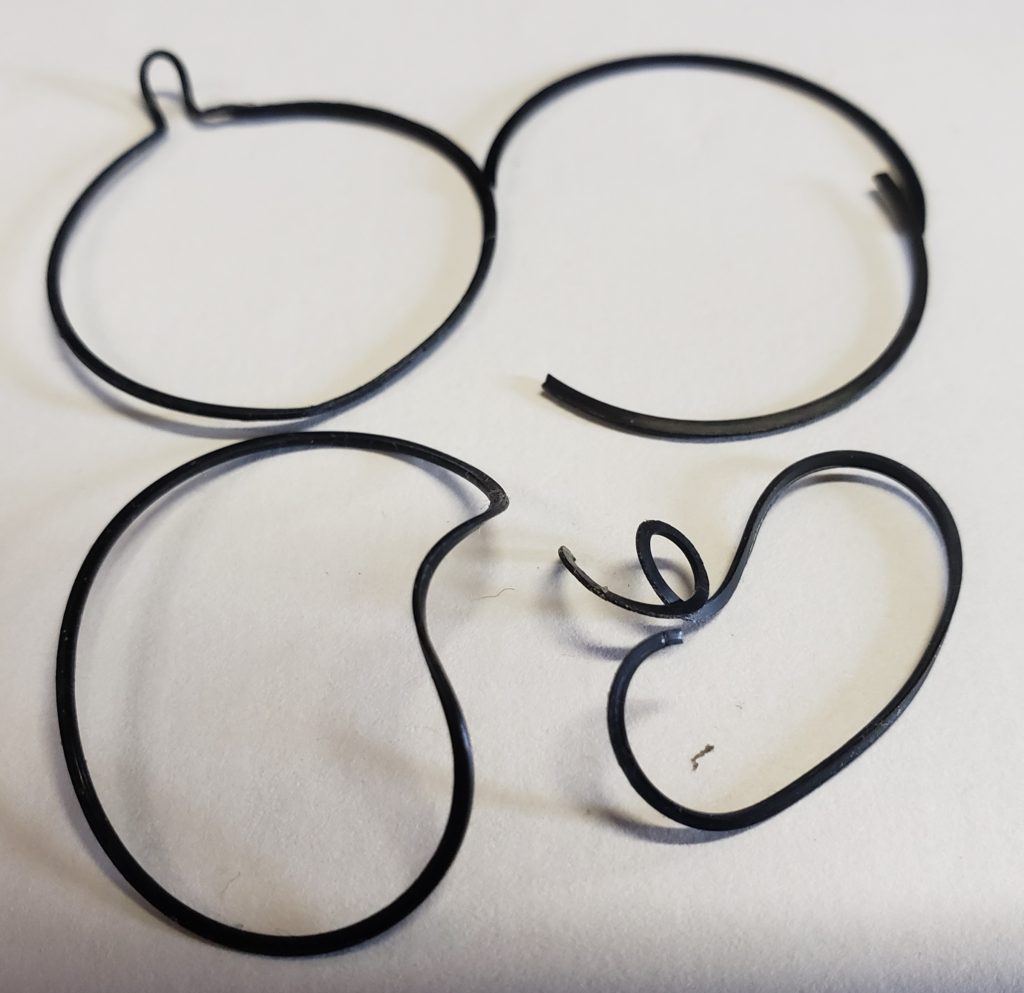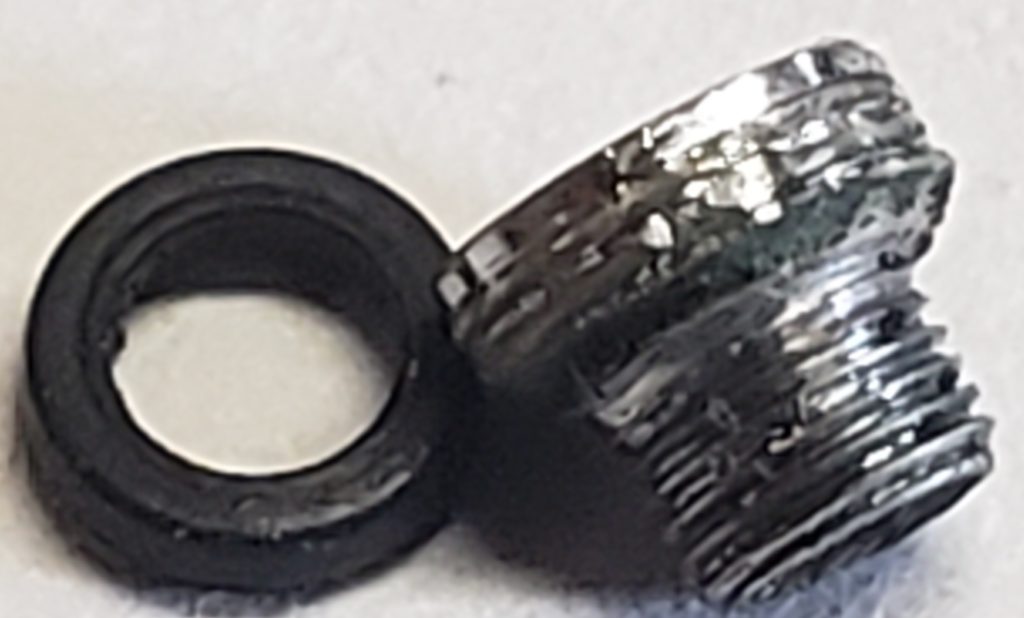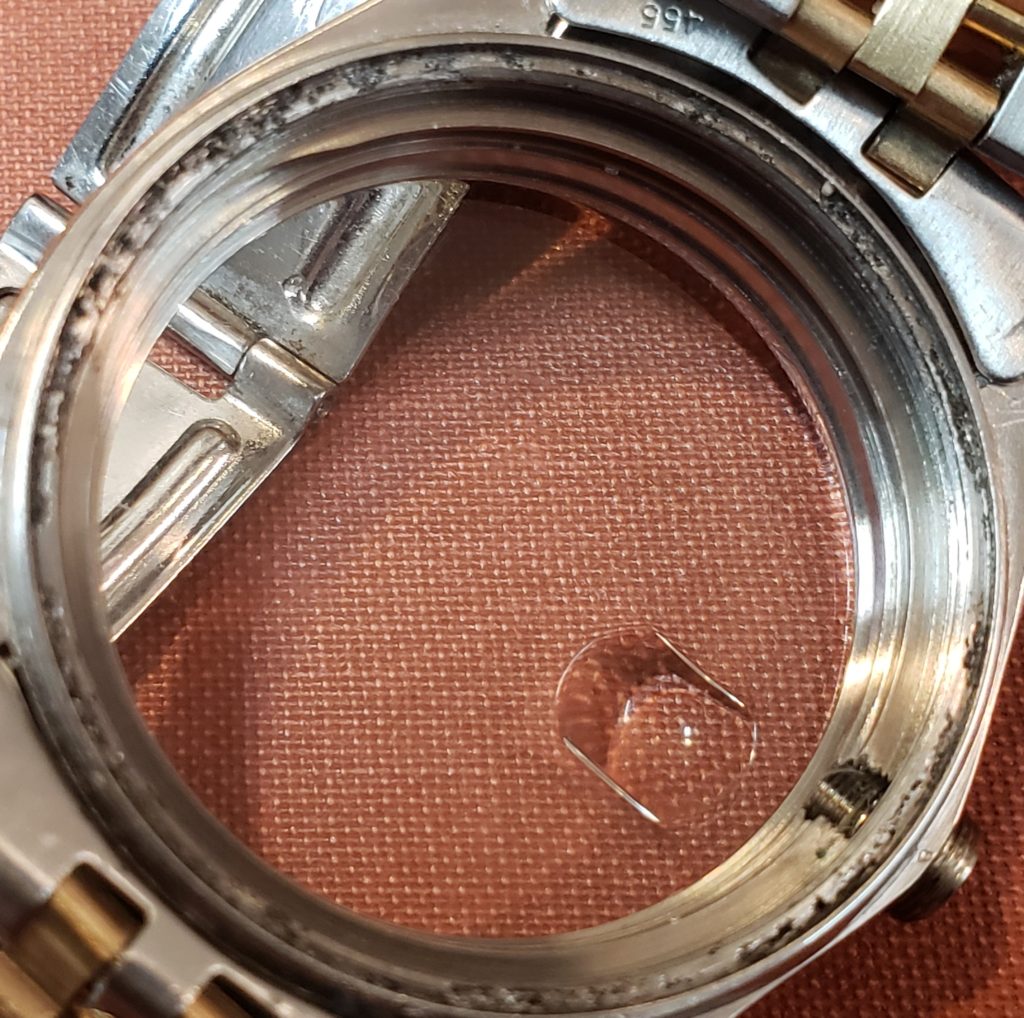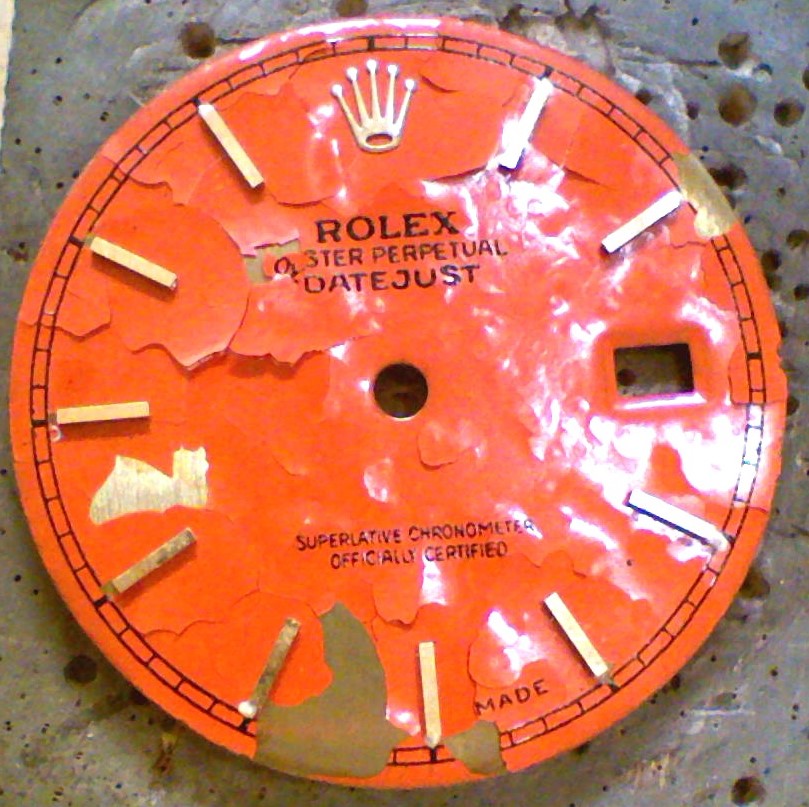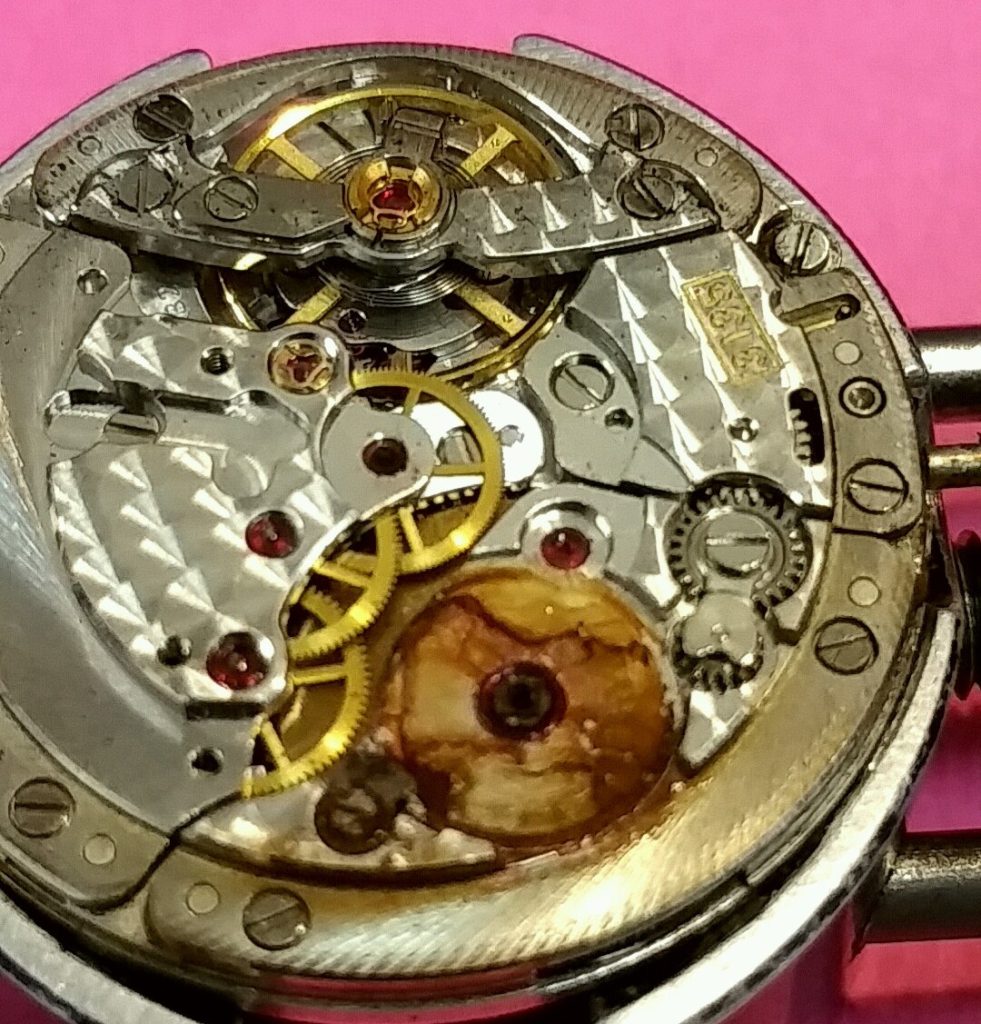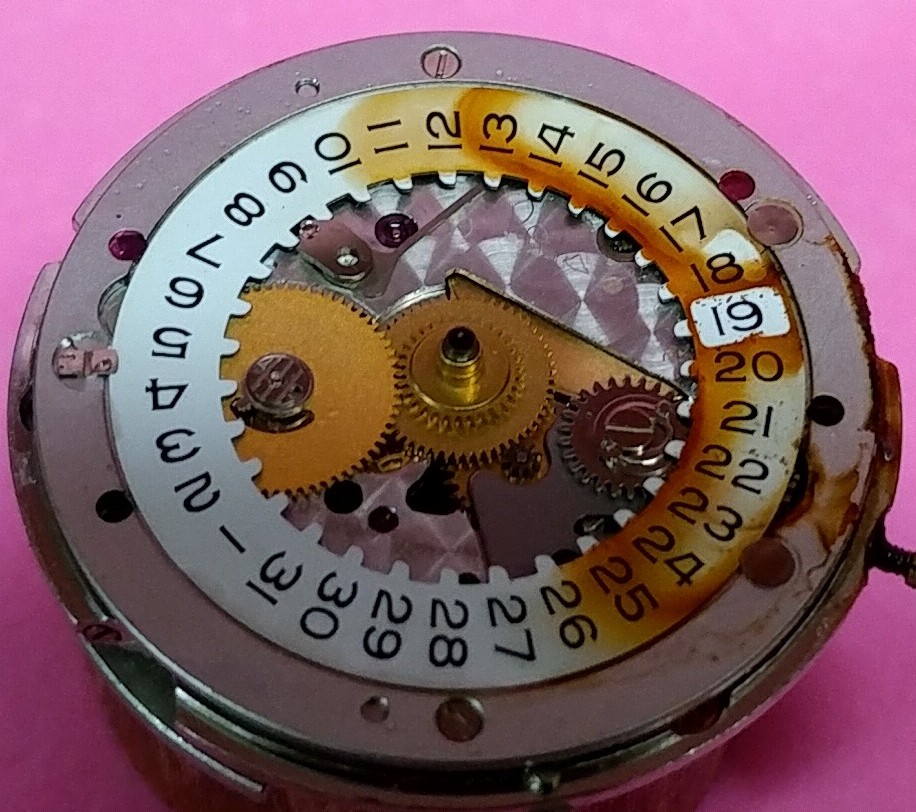As we start the month of April, it is the time of year when the weather is getting warmer and people are going outside again. Everyone is going on vacations, swimming in the pool or washing the car.
At the watch shop, it is “wet watch season.” This week we are going to go over the “myth of water resistance.” This is a topic that I’ve covered many times, but his week we will go over some of the causes and how customers misunderstand exactly what water resistance means.
I get this same call at least once a month. The customer just noticed that his watch has suddenly “fogged up” after he took a shower, went swimming, got caught in the rain, etc. Most of the time, they say that the watch has been perfect for “years” and has never done this before.
They have been showering or swimming with it on and now are a bit puzzled as to why it is wet. I tell them that if you notice a lot of condensation under the crystal or water on the dial, it needs to be serviced immediately. The longer you wait, the more likely to have major rust damage, damage to the dial and hands, so it needs to get here in a hurry. I always tell them that I will clean the watch as soon as it arrives. They go to the head of the line when it’s wet.
For example, the crystal pictured below came in on a good-looking mans Datejust for a simple overhaul. I did the normal service, buffed and polished the case, buffed the crystal and did the pressure test. Nothing out of the ordinary.
The crystal looked perfect from the top, the buffing removed any surface scratches and I thought we were good to go. I put the case into my pressure tester and it promptly flunked very badly! There was a slight crack in the crystal that was covered up by the front bezel. If this customer would have continued to wear this watch and happened to jump into the shower, or worse, the pool, then this simple overhaul would have not been so simple after all. I promptly replaced the crystal and re-pressure tested it and we were back in business.
Your watch can leak from three places on the case:
- Crystal
- Crown/case tube
- Case back
During a Rolex overhaul, I change the case back gasket, the case tube gasket and also the gasket that is inside the crown. The case tube itself needs to be checked to make sure the inside and outside threads are still in good condition.
Different types of gaskets that are used on a typical Rolex
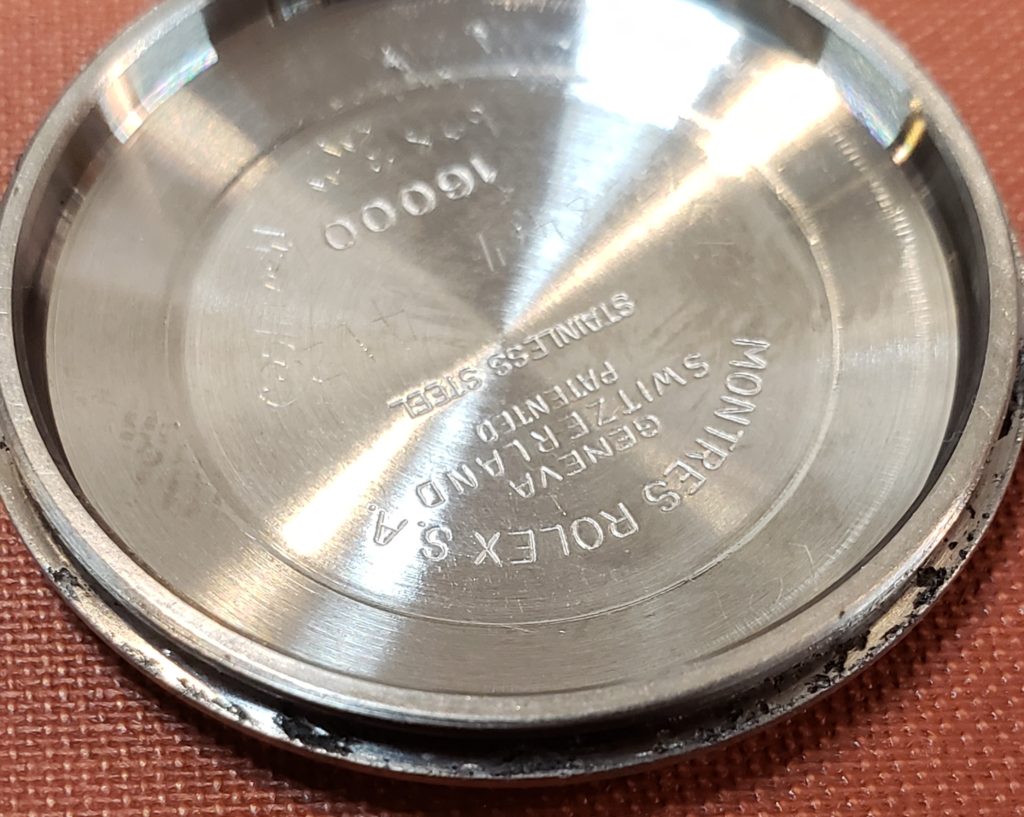
Even though your Rolex (or other fine watch) is water resistant, it needs to be serviced every few years to change the gaskets and have it pressure tested. Even after all of these precautions are done, I still suggest that EVERY watch that I repair stays out of water. I have just seen too many fine watches ruined by water over the years to ever take a chance on getting it wet.
CHARLEY PHOTO OF THE WEEK: April is birthday month for two of our employees. Tom’s birthday was on Monday and Charley’s is next week.


